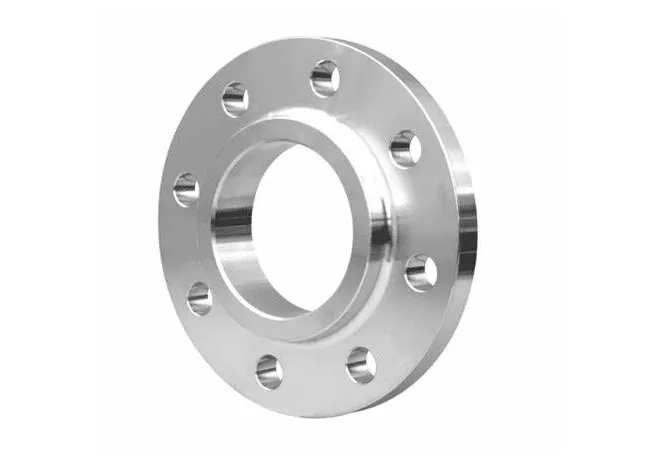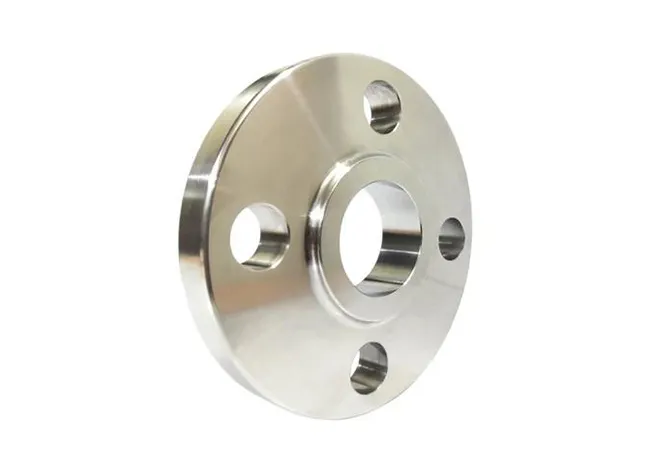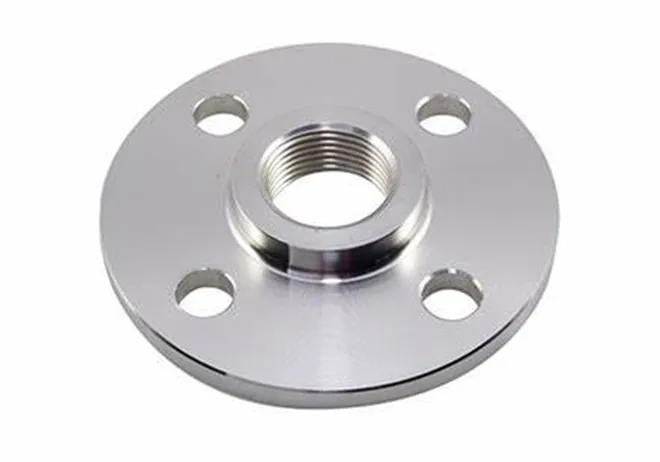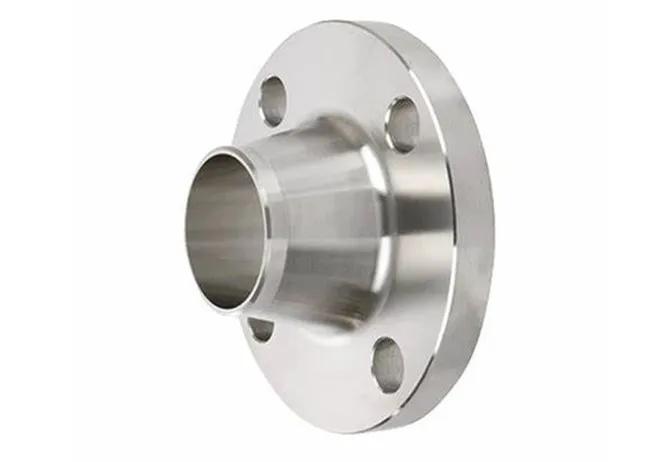-
Cangzhou Yulong Steel Co., Ltd.
-
Mohala:
+86 13303177267 -
Lengolo-tsoibila:
admin@ylsteelfittings.com
- Senyesemane
- Searabia
- Setaliana
- Sepanish
- Sepotoketsi
- Sejeremane
- kazakh
- Sepersia
- Segerike
- Sefora
- Serussia
- Sepolishe
- Sethai
- Seindonesia
- Sevietnam
- Sezulu
- Sekorea
- Seuzbek
- Che
- Seserbia
- Semalay
- Seukraine
- Segujarati
- Secreole sa Haiti
- Hausa
- siwaiian
- Seheberu
- Miao
- Se-Hungary
- Seiceland
- igbo
- irish
- Sejapane
- Se-Javanese
- Kannada
- Khmer
- Rwanda
- Moafrika
- Sealbania
- Seamharic
- Searmenia
- Se-Azerbaijani
- Sebasque
- Sebelarusia
- Benghali
- Sebosnia
- Se-Bulgaria
- Secatalan
- Sebuano
- China
- China (Taiwan)
- Corsican
- Secroatia
- Czech
- Sedanishe
- Esperanto
- Seestonia
- Sefinnishe
- Sefrisia
- Segalician
- Segeorgia
- Sekurdish
- Sekyrgyz
- Lefuba
- Selatine
- Selatvia
- Selithuania
- Se-Luxembourgish
- Semacedonia
- Semalagasy
- Semalayalam
- Semalta
- Semaori
- Marathi
- Mongolian
- Myanmar
- tsa Nepali
- Norwegian
- Norwegian
- Occitan
- Sepashto
- Se-Dutch
- Sepunjabi
- Seromania
- Sesamoa
- Segaeli sa Scotland
- Senyesemane
- Seshona
- Sindhi
- Sesinhala
- Seslovak
- Seslovenia
- Somalia
- Sesundanese
- Seswahili
- Seswedishe
- Setagalog
- Se-Tajik
- Setamil
- Setatare
- Setelugu
- Se-Turkey
- Turkmen
- Seurdu
- Uighur
- Welsh
- Thusa
- Yiddish
- Yoruba

Dec. La 05, 2024 09:30 Khutlela lethathamong
ANSI Flange Pressure Rating: What You Need to Know for Safe Operations
ANSI flanges e bapala karolo ea bohlokoa lits'ebetsong tsa indasteri, e fana ka likhokahano tse tšepahalang lipakeng tsa sistimi ea liphaephe le likarolo. E 'ngoe ea lintlha tsa bohlokoa ka ho fetisisa tseo u ka li nahanang ha u khetha li-flange tsa ANSI ke tekanyo ea khatello ea tsona. Sengoliloeng sena se tla hlahloba hore na litekanyetso tsa khatello ea flange ke life, hore na li ama moralo oa sistimi joang, le seo u hlokang ho se tseba ho netefatsa ts'ebetso e bolokehileng le e sebetsang.
ANSI Flange Pressure Rating ke eng?
The li-flange tsa sehlopha sa ansi pressure rating refers to the maximum pressure a flange can withstand without failure during operation. This rating is determined based on the flange’s material, size, and the class or pressure level defined in ANSI standards. Flanges are available in different pressure classes, each with its own limits, which are crucial for ensuring the flange can handle the operating conditions of a given system.
The pressure rating is typically indicated in terms of pounds per square inch (psi) and is associated with specific temperature ranges. For example, ANSI flanges with a class rating of 150, 300, or 600 correspond to different maximum pressure capacities, which must be matched with the operating conditions of the system.
Ho Utloisisa Litekanyetso tsa Sehlopha sa Khatello About ANSI Flange
Li-flange tsa ANSI li abeloa lihlopha tsa khatello, tse bontšang bokhoni ba tsona ba ho mamella khatello ea ka hare. Litekanyetso tse atileng haholo tsa sehlopha sa khatello bakeng sa li-flange tsa ANSI li kenyelletsa Sehlopha sa 150, Sehlopha sa 300, Sehlopha sa 600, le holimo. Litlelase tsena li etsa qeto ea khatello e phahameng e lumelletsoeng ea ho sebetsa (MAWP) ho latela boholo ba flange le thepa e sebelisoang.
Class 150 flanges, for instance, are typically used in systems with moderate pressure requirements, while Class 600 flanges are designed for high-pressure systems. As the class number increases, so does the flange's ability to handle higher pressures. However, it’s essential to consider more than just the pressure rating—temperature and environmental conditions also play a role in determining the overall strength and safety of the connection.
Lintlha tse Amang ANSI Flange Pressure Ratings
While the pressure class provides an initial estimate of a flange’s capabilities, several factors can affect the actual performance of the flange in a system. These factors include:
Mofuta oa Boitsebiso: Thepa eo flange e entsoeng ka eona e susumetsa haholo tekanyo ea khatello ea eona. Mohlala, li-flange tse entsoeng ka tšepe ea k'habone hangata li na le litekanyetso tse tlase tsa khatello ha li bapisoa le tse entsoeng ka tšepe e sa hloekang kapa lialloi tse etselitsoeng maemo a khatello e phahameng.
Temperature: Temperature is one of the most important considerations when evaluating a flange's pressure rating. Most flanges are rated for specific temperature ranges. Higher temperatures can weaken materials and reduce the maximum allowable pressure the flange can handle. Always refer to the pressure-temperature charts provided by ANSI or the manufacturer to ensure you select a flange rated for your operational temperatures.
Boholo ba Flange: Bophara le botenya ba flange le tsona li phetha karolo ea tekanyo ea khatello ea eona. Li-flange tse kholo ka kakaretso li na le matla a phahameng a khatello, empa moralo oa tsona le thepa e sebelisoang li ntse li tlameha ho lumellana le litlhoko tsa tsamaiso.
Bolt Torque: Proper bolt torque is critical for ensuring the integrity of the flange under pressure. If bolts are not tightened adequately, the flange may not create a proper seal, which could lead to leaks or even failure under pressure. Therefore, it’s essential to apply the correct bolt torque based on the flange size and pressure rating.
Mokhoa oa ho Khetha Tekanyetso e nepahetseng ea ANSI Flange bakeng sa Sistimi ea Hau
Choosing the appropriate pressure rating for an ansi pipe flange e bohlokoa ts'ebetsong e bolokehileng le e sebetsang ea lipeipi kapa sistimi efe kapa efe. Mona ke tse ling tsa litataiso ho thusa ka mokhoa oa ho khetha:
Lemoha Khatello ea Ts'ebetso: Utloisisa khatello e phahameng ea ts'ebetso ea sistimi ea hau. Ena ke motheo oa ho khetha sehlopha sa khatello ea flange. Sistimi ha ea lokela ho feta sehlopha sa khatello e lekantsoeng ea flange ka nako efe kapa efe nakong ea ts'ebetso e tloaelehileng.
Nahana ka ho Fetoha ha Mocheso: Kaha mocheso o ama tekanyo ea khatello, etsa bonnete ba hore u ikarabella bakeng sa maemo a holimo le a tlase a mocheso tsamaisong ea hau. Haeba sesebelisoa sa hau se na le mocheso o feto-fetohang, nahana ka ho sebelisa flange e nang le maemo a phahameng a khatello ho amohela liphetoho tsena.
Etsa bonnete ba hore lintho li lumellana hantle: Bapisa thepa ea flange le tikoloho ea ts'ebetso. Li-flanges tse entsoeng ka li-alloys tse thibelang ho bola li ka 'na tsa hlokahala bakeng sa lisebelisoa tse tsamaisang maro a mabifi kapa tse sebetsang sebakeng se nang le mongobo o phahameng kapa se senyang.
Account for Safety Margins: Always allow for a safety margin when selecting flanges. It’s best to select a flange with a pressure rating that exceeds your system's maximum pressure to account for unforeseen surges or fluctuations in pressure.
Bohlokoa ba Khatello ea Khatello ho Etsa bonnete ba Tšireletseho ea Tsamaiso About ANSI Flange
The tekanyo ea khatello ea flange ea ANSI e amana ka kotloloho le polokeho ea sistimi. Ho khetha flange ka sehlopha se nepahetseng sa khatello ho thusa ho thibela ho hloleha ho kotsi, ho lutla le ho senyeha ha sistimi. Ho hloleha ha flange ho ka fella ka litokiso tse bitsang chelete e ngata, nako ea ho theoha, le likotsi tsa polokeho, ho kopanyelletsa le likotsi tse mpe maemong a feteletseng.
Litekanyetso tse nepahetseng tsa khatello li boetse li thusa ho boloka botshepehi ea tsamaiso eohle ea liphaephe. Ha li-flanges le likarolo tse ling li khethoa ho latela litekanyetso tsa khatello ea tsona, tsamaiso e ka sebetsa ka katleho e ntle ntle le ho tlatsa karolo leha e le efe ea tsamaiso. Ho hlahlojoa khafetsa le ho hlokomeloa ha li-flange tsa ANSI le tsona li kenya letsoho bophelong ba bona bo bolelele le polokeho e tsoelang pele ea sistimi.
Litaba tsa moraorao
-
ANSI 150P SS304 SO FLANGE
LitabaFeb.14,2025
-
ASTM A333GR6 PIPE EA TŠEPE
LitabaJan.20,2025
-
ANSI B16.5 CHESETSA MOLALA FLANGE
LitabaJan.15,2026
-
ANSI B16.5 SLIP-ON FLANGE
LitabaApr.19,2024
-
DIN86044 PLATE FLANGE
LitabaApr.19,2024
-
DIN2527 FLANGE EA SEFOFU
LitabaApr.12,2024
-
JIS B2311 Butt-Welding Fittings LR/SR 45°/90° /180°Seamless/Weld
LitabaApr.23,2024
-
DIN2605-2617 Butt-Welding Fittings LR/SR 45°/90°/180° Seamless/Weld
LitabaApr.23,2024















